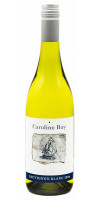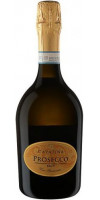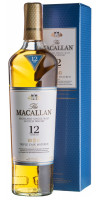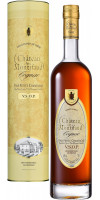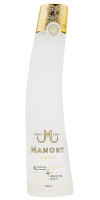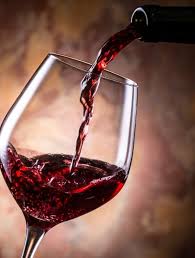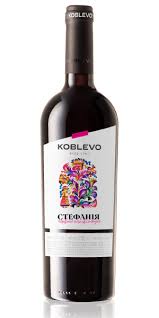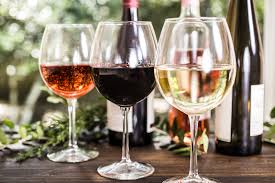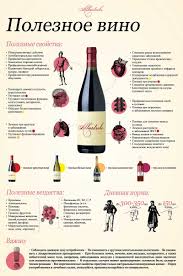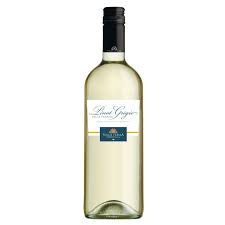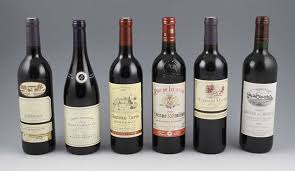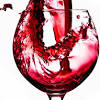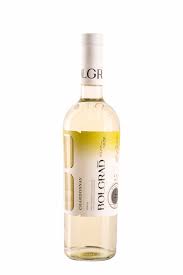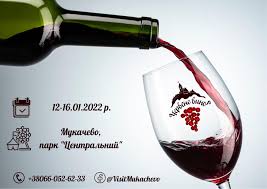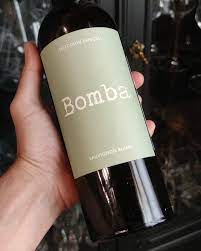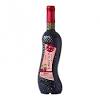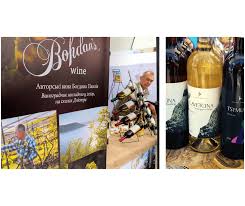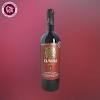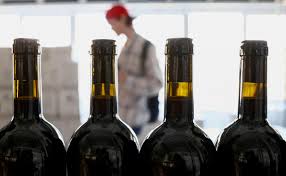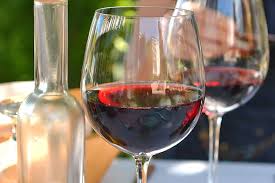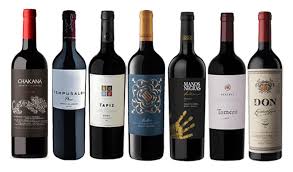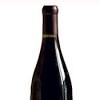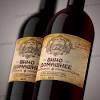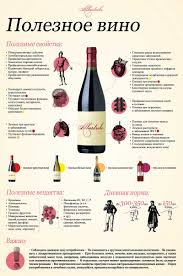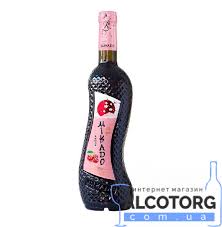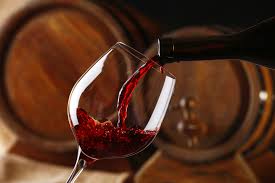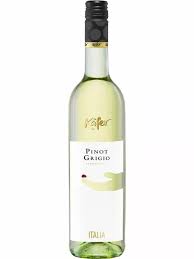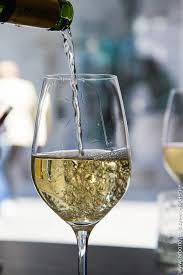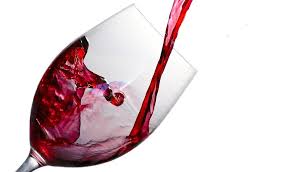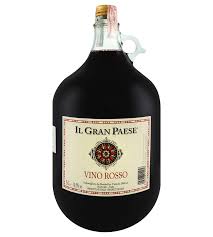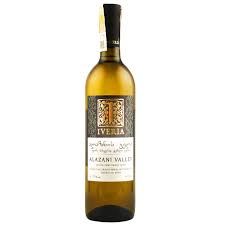
Спасибо за регистрацию в WineRow!
Вы будете уведомлены по электронной почте, как только Ваш Личный Кабинет будет активирован администрацией магазина.
Если у Вас есть какие-то вопросы, пожалуйста напишите нам.
Вы вышли из Личного Кабинета.
Ваша корзина покупок была сохранена. Она будет восстановлена при следующем входе в Ваш Личный Кабинет.
вине крепост 13 реджион долина баросса
В середні віки в міру похолодання клімату в північній частині Європи почали широко практикувати мацерацию, щоб зробити досить субтильні та слабоалкогольні місцеві вина більш тільними, м’ясистим і живучими. Так з’явилися червоні вина в сучасному сенсі слова. Але ще довгий час вони не могли зрівнятися за популярністю з Клерет – винами світло-рубінового або ніжно-червоного кольору з відносно низьким вмістом алкоголю, які були більш звичні жителям на північ від Луари. Сьогодні Клерет майже не знайти. Графство Суррей (Південна Англія). Костюмована вистава з часів Генріха VIII, що розповідає про історію місцевого виноробства. Зрозуміло, з подальшою дегустацією білих і червоних вин місцевого виробництва. Фото: Toby Melville / Reuters На жаль, ми ніколи не дізнаємося, яким саме був смак доіндустріальних вин. Деякий та дуже приблизне уявлення про це нам можуть дати вина, які робляться зараз переважно в Грузії так званим кахетинським способом – в глиняних глечиках-квеврі, закопаних у землю. Вони виходять досить потужними і таніну з грубуватими ароматами і шорсткою текстурою. Одним словом, на любителя. І все ж вони відрізняються від стародавніх вин хоча б тому, що сьогодні винороби приділяють багато уваги якості врожаю, по-іншому працюють з лозою, використовують інші клони винограду і, найголовніше, інші раси дріжджів. Відомо, що південні вина були міцнішими, ніж північні. Тому в Греції і Римі їх розбавляли водою. Споживання чистого вина заборонялося, але вважалося моветоном, оскільки явно передбачало єдину мету – сп’яніння.
Історія вина невіддільна від історії людства. Вино – особливий напій. Цінність його складається з двох джерел: ягід, які вбирають в себе сонячну енергію і дріжджових клітин – фабрики багатьох корисних речовин. Цей сонячний напій містить ряд поживних і біологічно активних речовин, корисних для організму людини, до яких належать: органічні кислоти (винна, яблучна, лимонна, бурштинова та ін.), які містяться у винні в легко засвоюваній формі, азотисті сполуки: протеїни, амінокислоти, барвні та фенольні речовини, гліцерин, цукор, пектинові речовини, дуже цінні макро- та мікроелементи: калій, кальцій, магній, залізо, марганець, мідь, цинк, бор, хром, фтор, йод миш’як, кобальт та ін.
Історія вина невіддільна від історії людства. Вино – особливий напій. Цінність його складається з двох джерел: ягід, які вбирають в себе сонячну енергію і дріжджових клітин – фабрики багатьох корисних речовин. Цей сонячний напій містить ряд поживних і біологічно активних речовин, корисних для організму людини, до яких належать: органічні кислоти (винна, яблучна, лимонна, бурштинова та ін.), які містяться у винні в легко засвоюваній формі, азотисті сполуки: протеїни, амінокислоти, барвні та фенольні речовини, гліцерин, цукор, пектинові речовини, дуже цінні макро- та мікроелементи: калій, кальцій, магній, залізо, марганець, мідь, цинк, бор, хром, фтор, йод миш’як, кобальт та ін.
По мне пьётся тяжело, наверное, надо разбавлять льдом или водой. ...
Дмитрий
07.01.2021
Лучший двенадцатилетний виски. Вкус мягкий, с приятной, не приторной сладостью. ...
Андрей
12.10.2022
Хорошее сбалансированное и зрелое вино с приятными нотами ванили и шоколада в бу ...
Маша
08.08.2022
Виски – крепкий алкогольный напиток с собственным характером. В составе присутствуют спирты ячменя, пшеницы или ржи. Производят также виски из кукурузы. Разнообразие видов и сортов огромное, так что в нем не трудно потеряться Сегодня в мире существует 4500 сортов красного вина, что предполагает невообразимое множество вкусов, ароматов и волшебное сочетание нот композиций Каждый год 4 августа отмечают день рождения шампанского. В этот праздник принято открывать бутылку хорошего игристого и не спеша наслаждаться напитком Мясная гастрономия очень разнообразна. Она не только включает в себя виды основного продукта, но и сотни блюд Часто бывает, что в бутылке остается недопитое вино. Конечно, возникает логичная мысль – поставить его в холодильник, чтобы сохранить до следующего повода. Однако... Многие любители крепких напитков уверены, что виски или скотч нужно пить без закуски, не перебивая вкус напитка продуктами.

